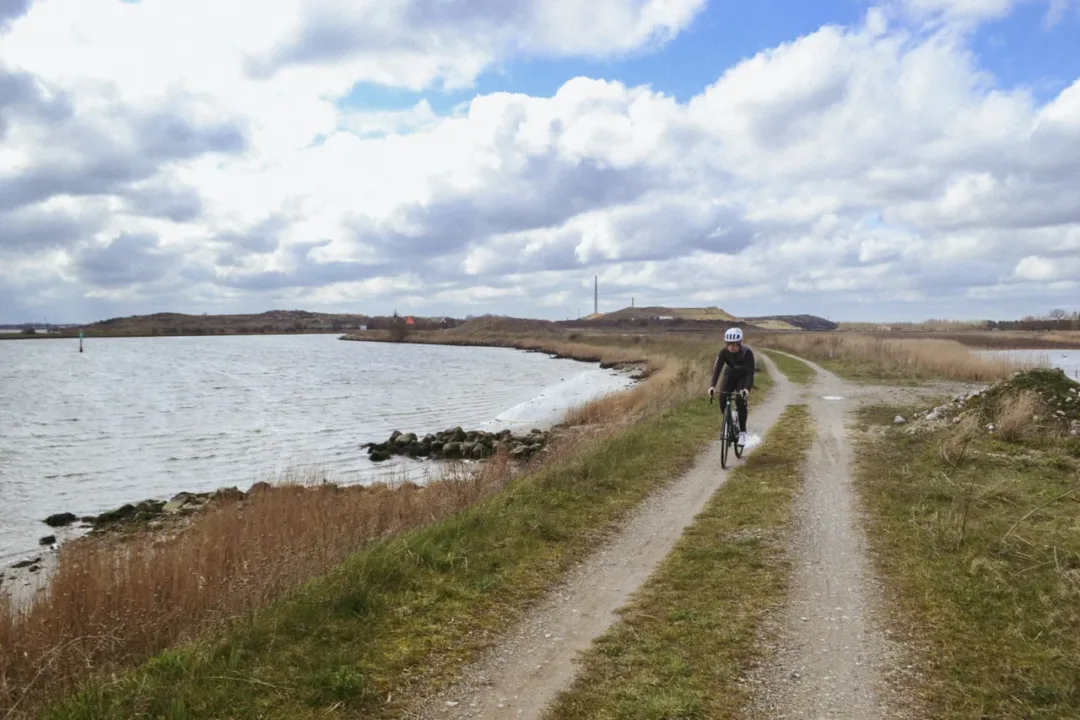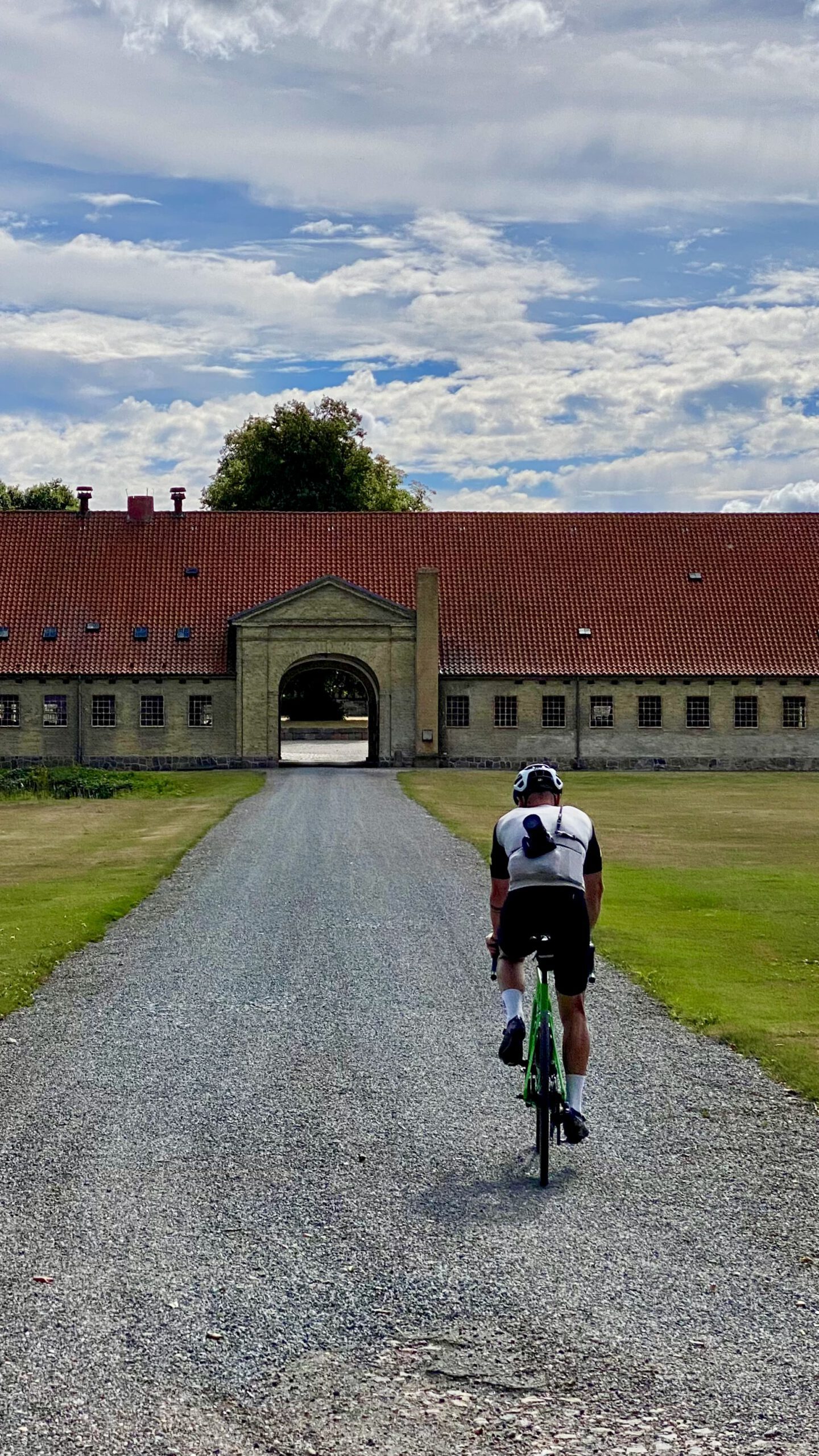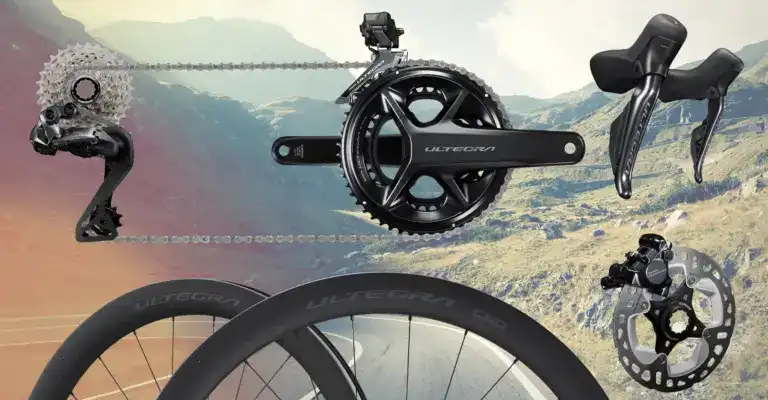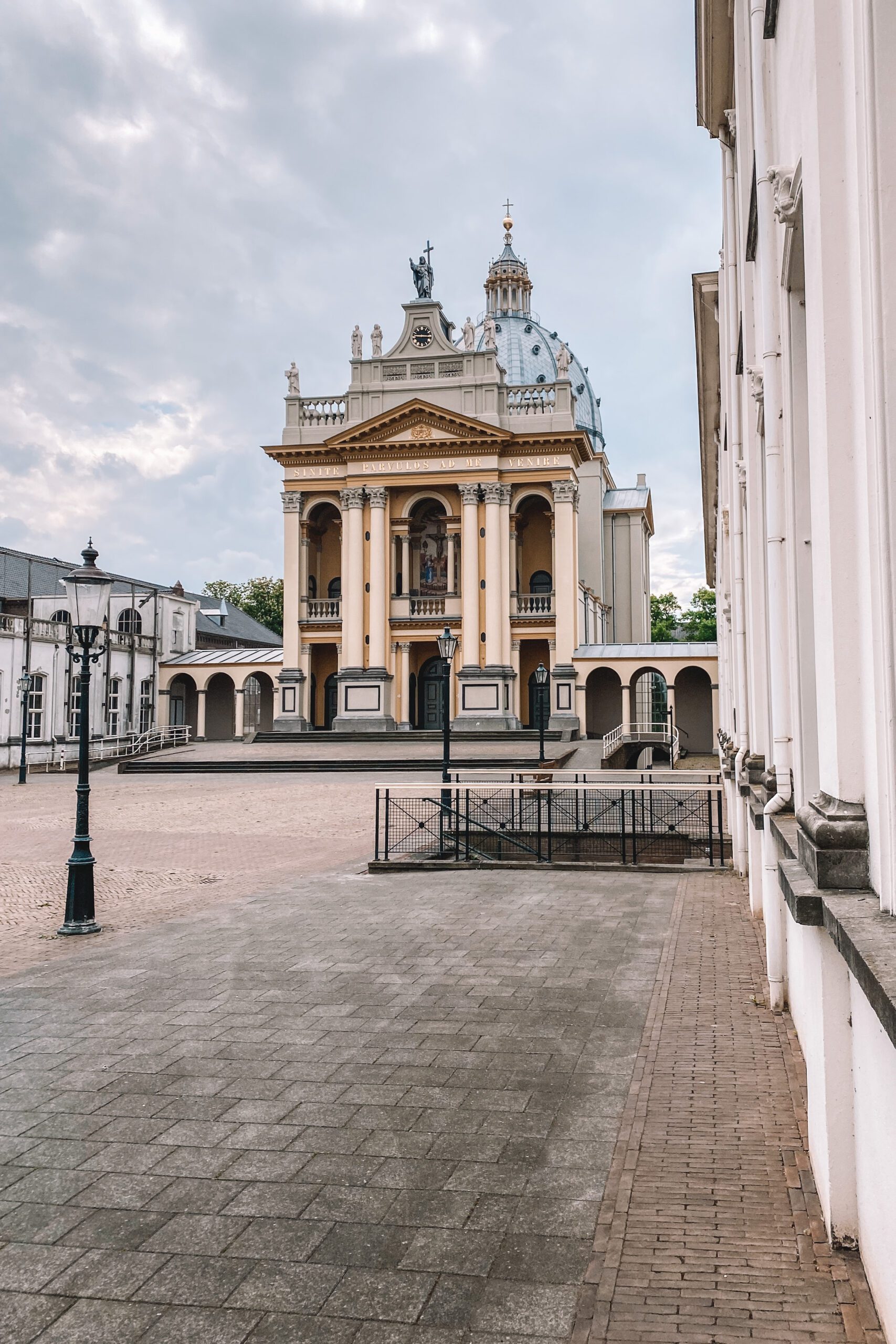Ever since I was a little boy, we used to watch 'the Tour'. Long summer days behind the television, watching men working themselves into a sweat. To my childhood hero Richard Virenque, to Lance Armstrong, Miguel Indurain. To Michael Boogerd's big grimace when he wrong-footed Melchor Mauri in Aix-les-Bains. Since then, I have known France by the stages of the Tour. I would never be able to find the town of Pau, were it not for the Tour. Even in the 1980s and 1990s, the tour was already a strong form of destination marketing.

text: Sander Kolsloot photos: adobestock.com/ ASO-Letour.fr
Northern France
Today, on 5 July 2022, the peloton finishes in Calais, after a start in Dunkirk. This region is not exactly known for its cycling culture. The northernmost corner of France is a transit region for many. On the way to the sunny south, or to catch the car train to England. Why go cycling here? Well, they thought so too at tour organiser A.S.O. Because when a region invests in a bit of promotion of France and its own backyard, there are many ways to support it. The routes the pros ride (both men and women) are often a bit boring and lead over provincial, wide roads. Therefore, there are now alternatives for many stages that can also be ridden by cycling tourists and cycling fans. How cool!
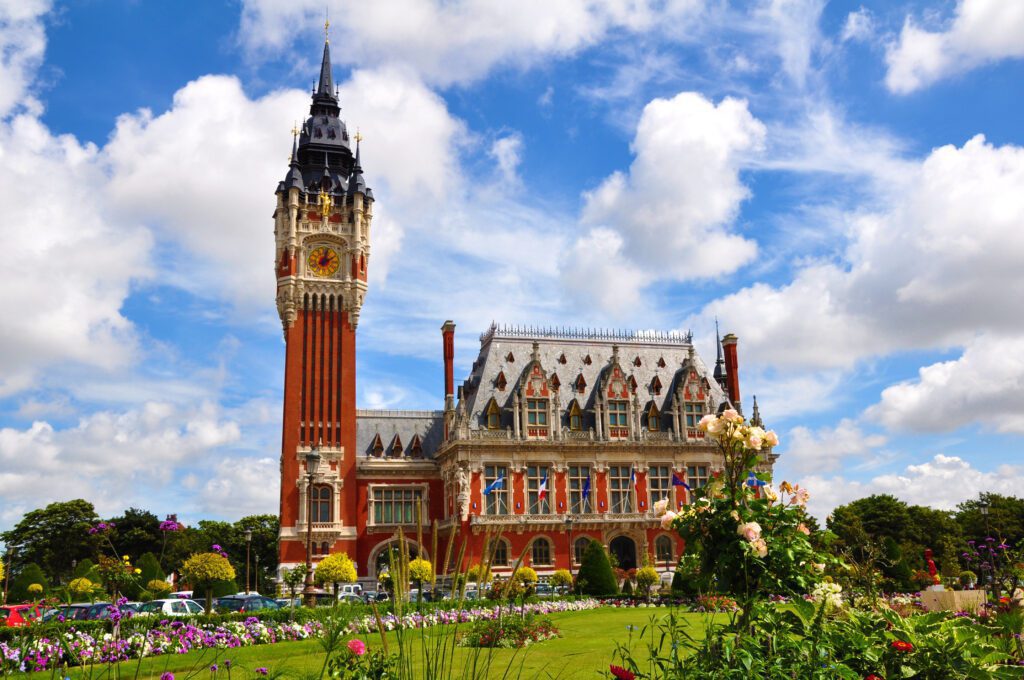
Nord-Pas de Calais
What many forget is that this part of France, around Dunkirk and Calais, is quite hilly. Even in the Roubaix region, which lies a little further south, you will find a much more hilly landscape than, say, the province of South Holland. Along the coast, too, you'll find challenging, hilly routes that wouldn't be out of place in Limburg or, say, Nijmegen and its environs. If you also look at the route of the stage, you will see several 'cote's' and climbs. It's quite pretty and that at the beach!
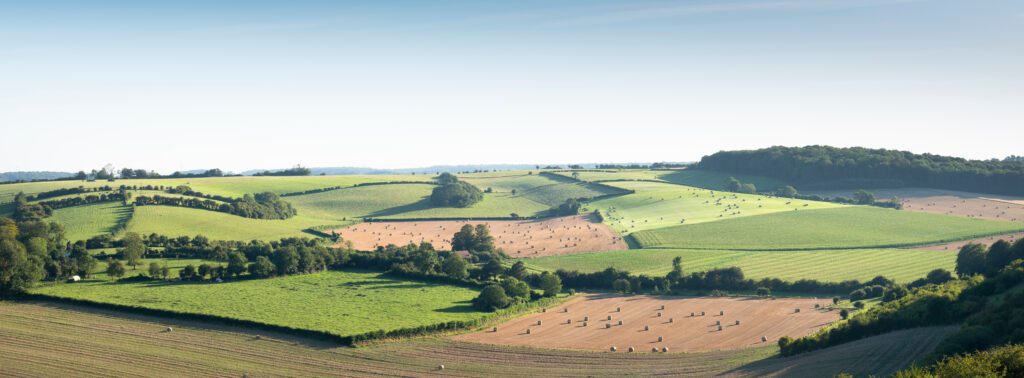
View of Calais
Unlike the stage itself, the tourist route departs from Calais and dives straight into the beautiful natural area of the Cape and Opal Marshes. Pretty soon, you drive along typical French roads with the typical hues of yellow fields and brown fields in summer. Behind them the view of the sea. It could hardly be more idyllic. With this view and image, it is hard to imagine that there was heavy fighting here in 1940. But also that here now loads of refugees are queuing up to make the crossing to the promised land. In this case, England, where economic prosperity and work would lie.
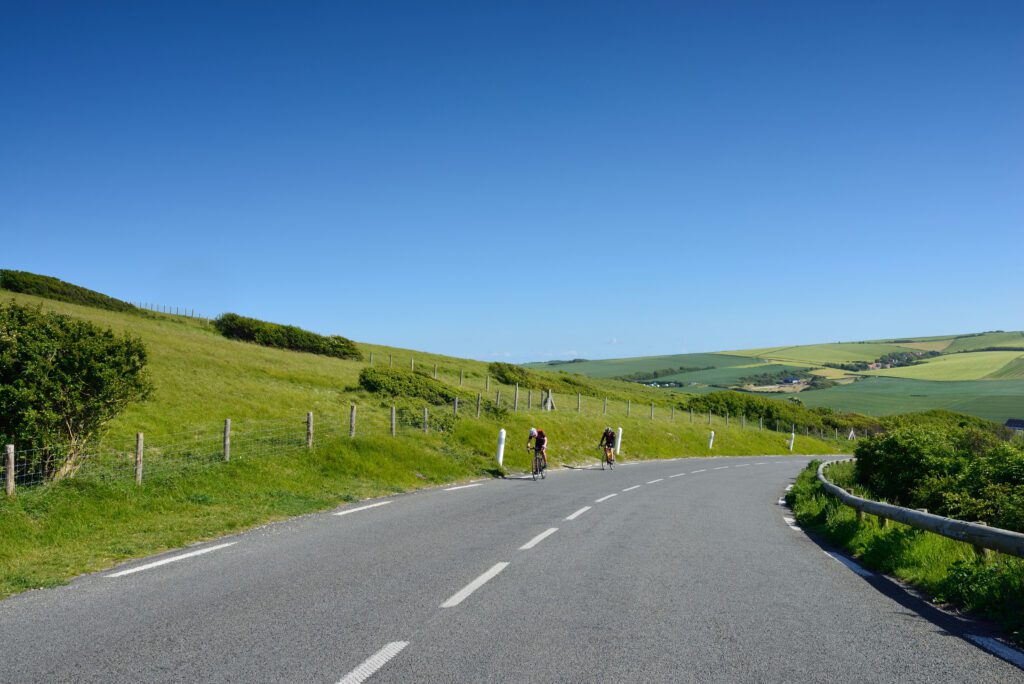
World History
At 21 kilometres into the route, you pass an impressive fort complex, V3 Mymoyecques La Coupole, where German forces had installed a V3 gun to target London. This is well worth stopping and letting it sink in. By then, you have already had the first few climbs, because after a flat start, it starts climbing slightly after about eight kilometres. For the professional cyclists and riders a slight rise, but even for me as a happy amateur, it takes some time to catch up.
Turning point, on to the coast
The chosen route may be too short for the average fanatic, but with 60 kilometres and 500 altimeters, there is something for everyone to enjoy. Would you like to ride longer? Then make an extra crossing lap or start in Dunkirk to copy the pros' route. But if you follow the original route, there is a turning point after 30 kilometres and there you will come to the beautiful route towards Cap de Blanc-nez. Again, beautiful combinations of fields, vistas and in the background the beautiful water.
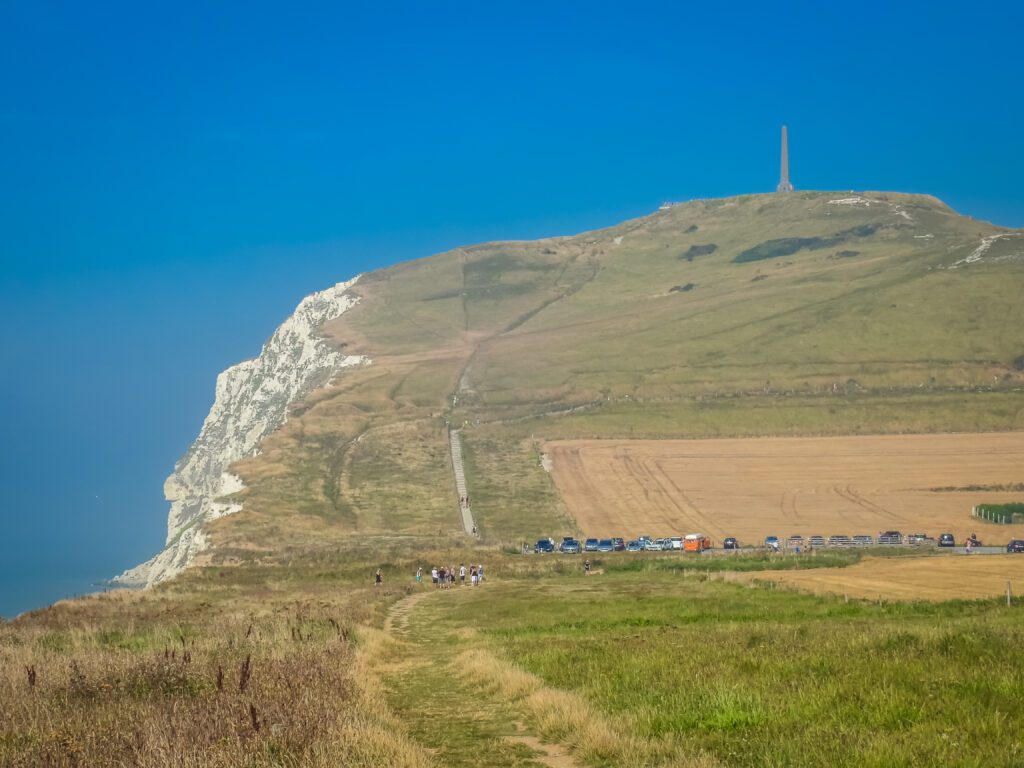
Blankenesse and Zwartenesse
The eye-catchers of this route are undoubtedly the duo of 'Blankenesse and Zwartenesse'. Two headlands that not only protrude into the sea, but also pierce the sky considerably. Cap Blanc-Nez, with a height of 134 metres, is a serious pimple. This one is also listed in the route book as nearly a kilometre at 7.5 per cent. The cape of Zwartenesse, Cap de Gris-Nez is slightly less challenging, but has great views over The Channel and the opposite white cliffs of Dover. Special, especially to cycle through here. It is a piece of France that is underrated.
Grand site de France
The village of Escalles, very close to the Cap de Blanc-Nez is one of the eight communes that make up the Grand Site de deux Capes. It was awarded the title Grand Site de France, a quality label, in 2011. It covers the coastal area of almost 7,500 hectares where, in addition to the Capes and Opal Park, the Marshes Parc Natural also belong. Other beautiful sites include the Slack dune massifs that lie between Ambleteuse and Wimereux. It is a beautiful entity, with sandy beaches and, for the fanatic, also hiking trails that take you from Sangatte along the coast to Wimereux.
Route
You can find the route of this stage, stage 4 and the other stages in our Komoot collection.

